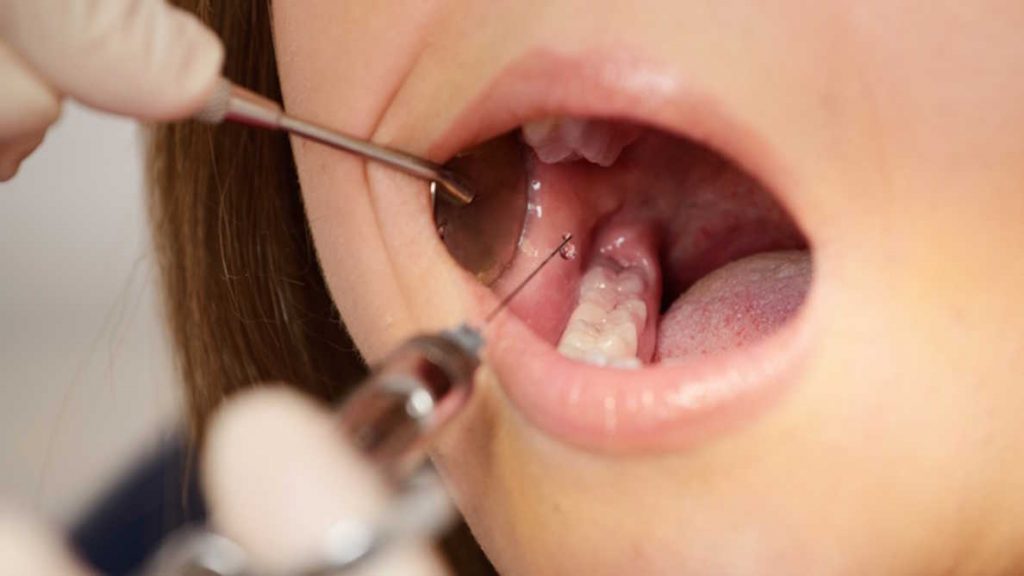Dentist Anesthesia Risks Revealed

The world of dentistry has undergone significant transformations over the years, with advancements in technology and medical procedures making dental treatments more efficient and less painful. One of the crucial components of modern dentistry is the use of anesthesia, which helps in reducing pain and discomfort during dental procedures. However, like any medical intervention, dental anesthesia also comes with its set of risks and potential complications. Understanding these risks is essential for both dentists and patients to ensure safe and effective dental care.
Historical Evolution of Dental Anesthesia
To appreciate the current state of dental anesthesia, it’s helpful to look at its historical development. The use of anesthesia in dentistry dates back to the mid-19th century, with the introduction of nitrous oxide and ether. Over the years, the field has seen the introduction of various types of local anesthetics, such as novocaine and lidocaine, which have significantly improved the safety and efficacy of dental procedures. Today, dentists have a wide range of anesthetic options at their disposal, each with its own benefits and risks.
Types of Anesthesia Used in Dentistry
Dentistry utilizes several types of anesthesia, each designed for specific procedures and patient needs. These include:
- Local Anesthesia: This is the most common type, used to numb a specific area of the mouth where the dental procedure is to be performed. Examples include lidocaine and articaine.
- Sedation Dentistry: This involves the use of medication to help patients relax during dental procedures. It can range from minimal sedation, where the patient is awake but relaxed, to general anesthesia, where the patient is completely unconscious.
- General Anesthesia: Although less common in dental procedures due to its risks, general anesthesia is used in complex surgeries or for patients with severe dental anxiety.
Risks and Complications of Dental Anesthesia
While dental anesthesia is generally safe when administered properly, there are potential risks and complications that can arise. These can be categorized into short-term and long-term effects.
Short-Term Risks:
- Allergic Reactions: Some patients may be allergic to certain types of anesthesia, which can lead to reactions ranging from mild skin rash to life-threatening anaphylaxis.
- Respiratory Depression: Sedation and general anesthesia can slow down breathing rates, which can be dangerous if not monitored and managed appropriately.
- Cardiovascular Issues: Changes in blood pressure and heart rate can occur, especially in patients with pre-existing heart conditions.
- Nerve Damage: Local anesthesia can, in rare cases, cause nerve damage, leading to numbness, tingling, or pain that may be temporary or, in some instances, permanent.
Long-Term Risks:
- Dependency and Addiction: Sedation dentistry, especially when involving opioids, carries a risk of dependency and addiction.
- Neurological Effects: There is ongoing debate and research into the potential long-term neurological effects of general anesthesia, particularly in children and the elderly.
- Hormonal Changes: Some studies suggest that certain anesthetics may affect hormonal balances, although more research is needed to understand these effects fully.
Minimizing Risks: The Role of Patient and Dentist
While the risks associated with dental anesthesia are real, there are steps that both patients and dentists can take to minimize them. Patients should:
- Disclose Medical History: Inform their dentists about any medical conditions, allergies, and medications they are taking.
- Follow Instructions: Adhere to pre- and post-procedure instructions provided by the dentist.
- Ask Questions: Feel comfortable asking about the type of anesthesia used, its risks, and what to expect.
Dentists, on their part, should:
- Conduct Thorough Evaluations: Assess each patient’s health status and history to determine the safest anesthesia option.
- Monitor Patients: Keep a close watch on patients during and after procedures to quickly identify and manage any complications.
- Stay Updated: Continuously update their knowledge and skills to incorporate the latest advancements and best practices in dental anesthesia.
Conclusion
Dental anesthesia is a crucial tool in modern dentistry, offering patients a pain-free experience during procedures. However, it’s essential to acknowledge and understand the potential risks involved. By working together, dentists and patients can ensure that the benefits of anesthesia are maximized while minimizing its risks. This collaborative approach, combined with ongoing advancements in dental anesthesia, promises a safer and more effective dental care experience for all.
What are the most common types of anesthesia used in dentistry?
+The most common types include local anesthesia, such as lidocaine, and sedation dentistry, which can range from minimal to general anesthesia, depending on the procedure and patient needs.
How can patients minimize the risks associated with dental anesthesia?
+Patients can minimize risks by disclosing their full medical history, following the dentist’s instructions, and asking questions about the procedure and anesthesia used.
What should dentists do to ensure the safe use of anesthesia in their practice?
+Dentists should conduct thorough patient evaluations, monitor patients closely during and after procedures, and stay updated with the latest in dental anesthesia to ensure safe and effective care.